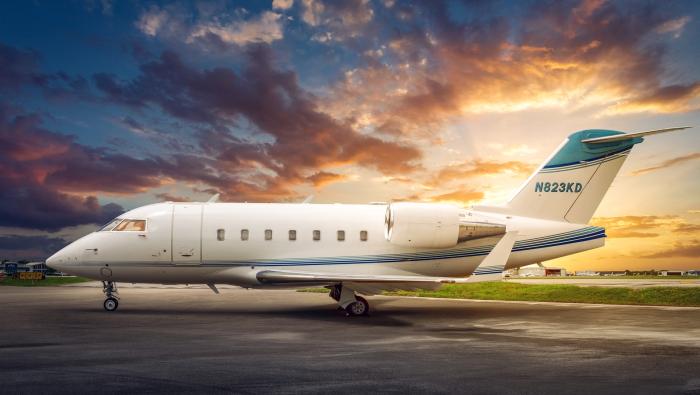A broad group of aerospace manufacturers, operators, airlines, and other organizations are urging the National Economic Council (NEC) to hold off on the deployment of 5G technologies in the C-band until the safety and efficiency of the U.S. National Airspace System are ensured. Twenty-two organizations—ranging from NBAA and AOPA to Honeywell, Collins Aerospace, and Airlines for America—made that appeal in a November 5 letter to NEC deputy director Bharat Ramamurti, saying that that the “new 5G cellular systems operating in the C-Band will begin to deploy throughout the country shortly. These 5G systems have the potential to cause harmful interference to radio altimeters, which are crucial systems used by every commercial aircraft and helicopter, and many general aviation aircraft.”
They pointed to an FAA special airworthiness information bulletin (SAIB) released on November 2 asking manufacturers to submit detailed information on the susceptibility of radio altimeters to harmful interference from the 5G technologies. The bulletin recommended testing for such interference and also sought detailed information about the number and types of equipment in service.
It also recommended evaluating operational restrictions or design changes that may be necessary as a result. Further, the bulletin warned pilots to remain aware of the potential for interference, saying, “Operators should consider the potential loss of pilot trust in dependent aircraft safety systems in the assessment of existing and the development of new crew procedures.”
The FAA said it is “currently conducting a risk assessment to ascertain whether further mitigation is warranted in addition to the recommended actions in this SAIB.”
In their letter to the NEC, the organizations noted the Federal Communications Commission has failed to act on their previously expressed concerns about the use of the C-Band for 5G. This lack of action spurred the FAA SAIB and the potential for future mitigations, they said. “These FAA actions will have enormous economic impacts that the country cannot face, resulting in needless supply chain delays and travel and shipping cancellations.”
The organizations committed to working diligently to develop new standards, equipment, and aircraft/helicopter solutions. “However, these solutions require more detailed knowledge of the C-Band deployment and will take significant time to ensure they meet the FAA’s robust safety requirements.”
In the interim, the groups called on the NEC to convene a joint industry working group to explore acceptable mitigations, and, at the same time, delay deployment of the technologies.
“Aviation will not be able to maintain the current level of public safety and economic activity without support from the Biden-Harris Administration and the implementation of mitigations by the cellular industry,” they said.
“NBAA remains committed to working with regulators and our industry partners to identify workable solutions for all parties,” said Heidi Williams, senior director for air traffic services and infrastructure for NBAA. “While high-speed data and communications hold many benefits, we must first and foremost ensure such systems do not compromise the safety and integrity of operations within our National Airspace System.”
Also signing onto the letter were the Aerospace Industries Association, Aerospace Vehicle Systems Institute, Air Line Pilots Association International, Airborne Public Safety Association, Airbus, Aircraft Electronics Association, Aircraft Owners & Pilots Association, Aviation Spectrum Resources, Boeing, Cargo Airline Association, Experimental Aircraft Association, Free Flight Systems, General Aviation Manufacturers Association, Garmin International, Helicopter Association International, International Air Transport Association, National Air Carrier Association, and Regional Airline Association.







